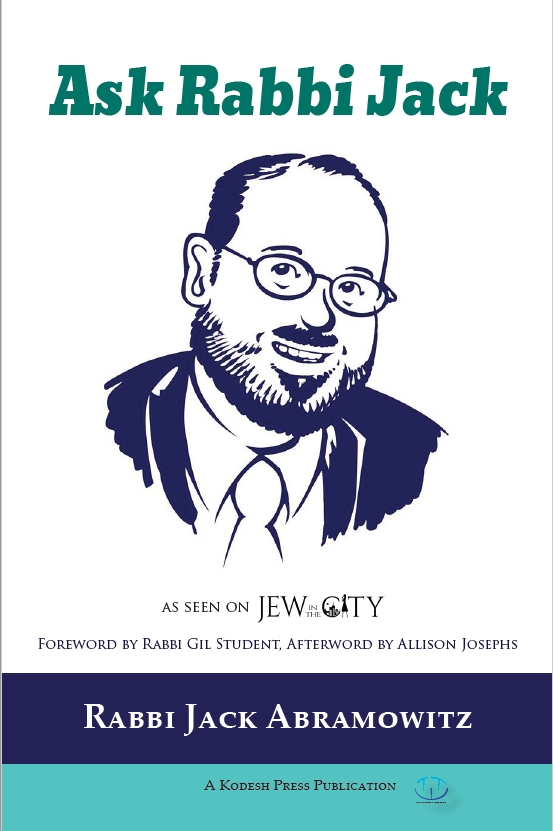Pre-Purim Questions: Who was Cyrus and What Makes a Book of Nach a Megillah?
Q. I just read an article on your website which I think has an error, unless there is a part of history that I am not yet familiar with.
The article says that the Persian ruler Coresh, who was favorable to rebuilding the Temple, was from the family of Esther. From my understanding, Coresh was the father of Achashverosh, and though he set in motion the rebuilding of the Beis Hamikdash, it was stopped by Achashverosh and then restarted by Darius II (named after Achasverosh's maternal grandfather). Coresh, it would seem, is not from the family of Esther -- that claim only goes to Darius II, Esther HaMalka's son.
Unless Darius was also called Coresh, which I have not seen, then this may be an error that need to be fixed. Please let me know if this was a mistake or if there is a source for it.
A. You've hit the nail on the head: Darius was also known as Cyrus (Koresh). This is stated explicitly in Talmud Rosh Hashana on page 3b. After citing some Biblical verses, the Gemara asks:
הָתָם כּוֹרֶשׁ הָכָא דָּרְיָוֶשׁ תָּנָא הוּא כּוֹרֶשׁ הוּא דָּרְיָוֶשׁ הוּא אַרְתַּחְשַׁסְתְּא כּוֹרֶשׁ שֶׁמֶּלֶךְ כָּשֵׁר הָיָה אַרְתַּחְשַׁסְתְּא עַל שֵׁם מַלְכוּתוֹ וּמָה שְׁמוֹ דָּרְיָוֶשׁ שְׁמוֹ
There it speaks of Cyrus and here it speaks of Darius? (The Gemara answers:) Cyrus, Darius and Artaxerxes are all the same person. He was called Cyrus because he was a righteous king, Artaxerxes after the name of his kingdom, and his real name was Darius.
So the author of the article was writing according to this tradition.
*******************************
Q. What does the word Megilla mean? Why are Shir HaShirim, Rus, Eicha, Koheles and Esther called Megillos and not other Sefarim from Tanach?
A. The word "megillah" means "scroll." These five books are traditionally grouped together and referred to by a special name because they are the only five books publicly read in their entirety, start to finish in a single sitting,* in the synagogue on various holidays. We read the scroll of Esther on Purim but we never have need of the book of Isaiah (from which most haftaros are taken) in its scroll form.
*Astute readers may note that we read Sefer Yonah in its entirety on Yom Kippur afternoon, plus Sefer Ovadya - which is a mere one chapter - is read as the haftarah for parshas Vayishlach. These books, however, are part of Trei Asar, the collected writings of the twelve "minor" prophets (so called only because their books are very short). These books are not written in their own individual scrolls; they are only written as the collected works.
Rabbi Jack's book Ask Rabbi Jack is available from Kodesh Press and on Amazon.com.

